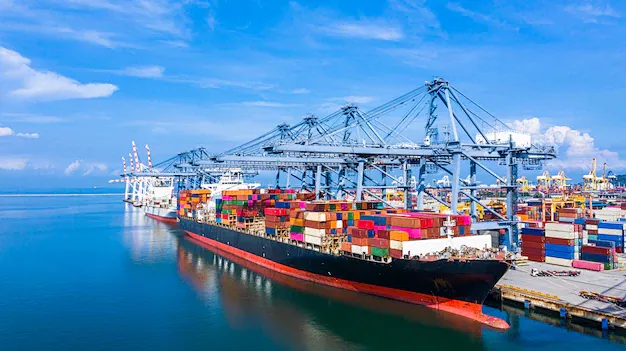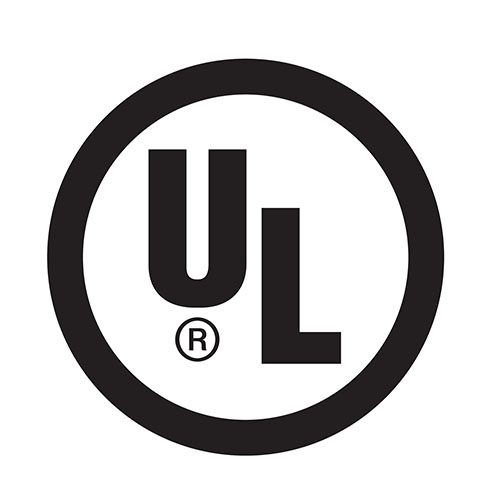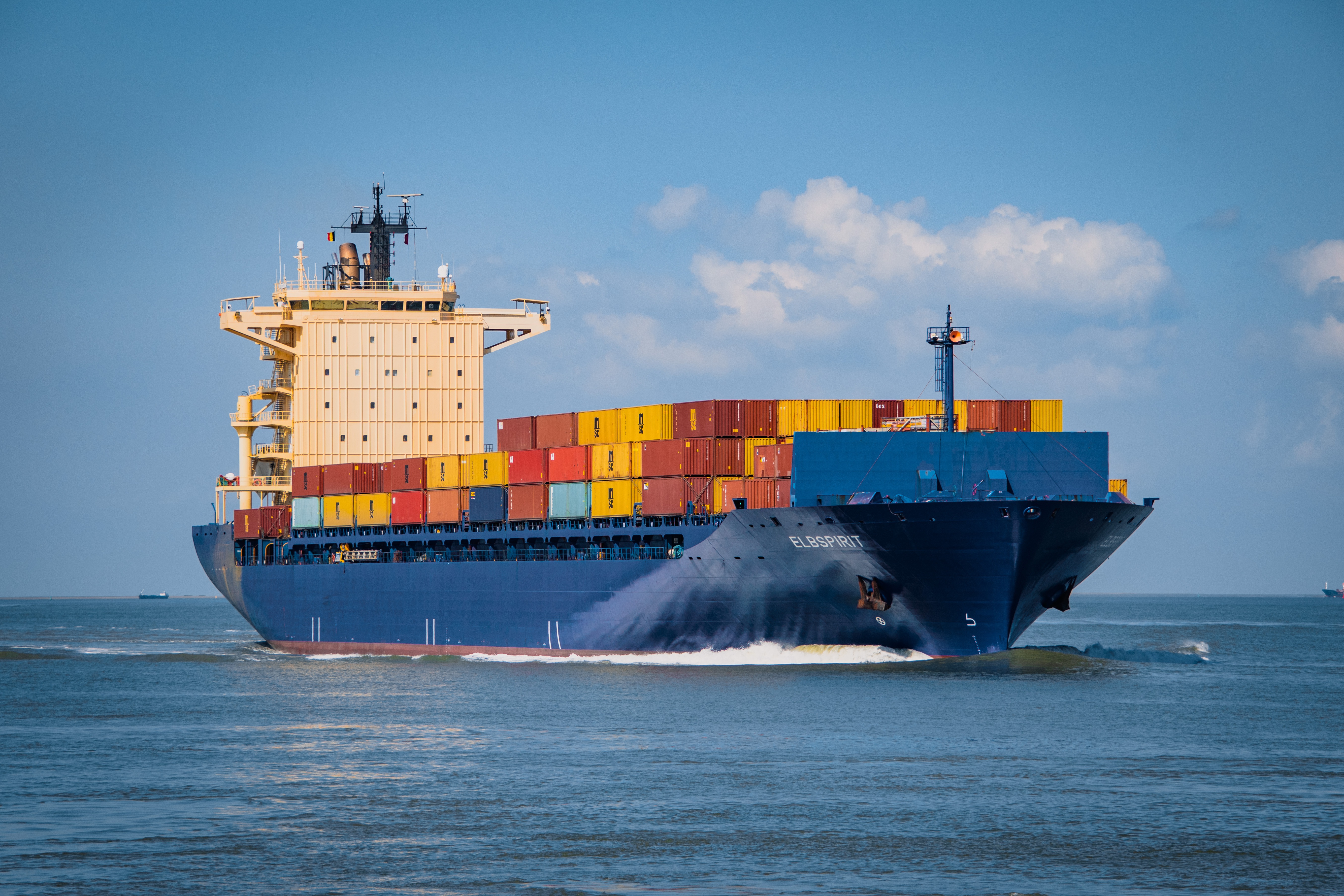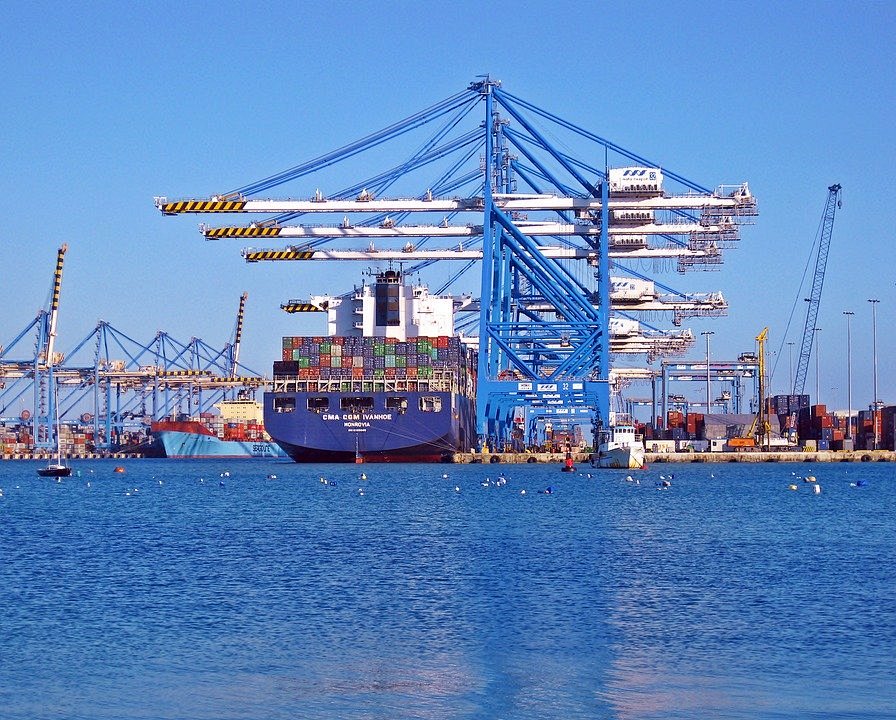Handling the inspection procedures for international logistics is a necessary step to ensure that the goods meet the inspection and quarantine requirements of the importing or exporting country, especially for special commodities such as food, animals and plants, chemicals, etc. The following is the detailed process for handling international logistics inspection procedures:

4.webp
1. Determine whether inspection is required
Firstly, determine whether the transported goods require inspection. The goods that usually need to be inspected include:
Food and agricultural products
Animals, plants and their products
Chemicals and pharmaceuticals
Textiles and clothing
Goods such as mechanical equipment that require safety inspection
2. Prepare the necessary documents for inspection
In order to smoothly handle the inspection procedures, it is necessary to prepare all relevant documents, including but not limited to:
Sales Contract
Commercial Invoice
Packing List
Bill of Lading or Air Waybill
Certificate of Origin
Product manual or ingredient list
Other documents required for inspection and quarantine
3. Fill out the inspection application form
Inspection Application Form: Fill out the inspection application form based on the actual situation of the goods, which usually needs to be submitted to the relevant inspection and quarantine agencies through electronic systems or paper forms.
Declaration content: The declaration content should include information such as the name, quantity, value, place of origin, mode of transportation, arrival time, etc. of the goods.
4. Submit inspection application
Submit documents: Submit all prepared documents along with the inspection application form to the inspection and quarantine agency.
Electronic declaration: Some countries and regions support submitting inspection applications and related documents online through the electronic port system.
5. Inspection and quarantine
On site inspection: Inspection and quarantine agencies may conduct on-site inspections of goods, including sampling checks, laboratory testing, etc., especially for sensitive goods such as food, chemicals, animals and plants.
Inspection methods: Depending on the type of goods, inspection methods may include sensory inspection, microbiological testing, pesticide residue testing, heavy metal testing, etc.
Quarantine treatment: If the goods involve animals, plants or related products, quarantine treatment may be required, such as fumigation, isolation and other measures.
6. Obtain the certificate of inspection and quarantine qualification
Certificate of Conformity: If the goods pass inspection and quarantine, the inspection and quarantine agency will issue a certificate of conformity or release document.
Non conformance handling: If the goods fail to pass inspection and quarantine, they may need to be rectified, returned, or destroyed, and the relevant parties will receive a notice of non conformance.
7. Submit the inspection and quarantine certificate to the customs
Submission before customs declaration: During customs declaration, it is necessary to submit the inspection and quarantine certificate or relevant supporting documents to the customs. This is one of the necessary conditions for customs to release goods.
8. Release of goods
Customs release: With the inspection and quarantine certificate and other customs declaration documents, the customs will review and finally release the goods.
Goods extraction: After release, the goods can be arranged for extraction and transportation to the final destination.
9. File saving and subsequent management
File archiving: Properly store all inspection and customs declaration documents, as well as inspection and quarantine certificates, for future inspection or audit purposes.
Compliance tracking: Continuously track the compliance of goods to ensure smooth import or export in the future.
10. Precautions
Accurate filling: Ensure that all declaration information is accurate and error free to avoid delays or fines.
Timely declaration: Understand the inspection and quarantine requirements of the destination country in advance, make timely declarations to reduce the time of goods detention.
Professional consultation: If it involves complex goods or import and export requirements of special countries, it is recommended to consult professional inspection agents or lawyers to ensure compliance.
Handling the inspection procedures for international logistics requires meticulous preparation and operation. It is recommended to cooperate with professional inspection agencies or logistics companies in practical operations to ensure the smooth progress of the entire process.











